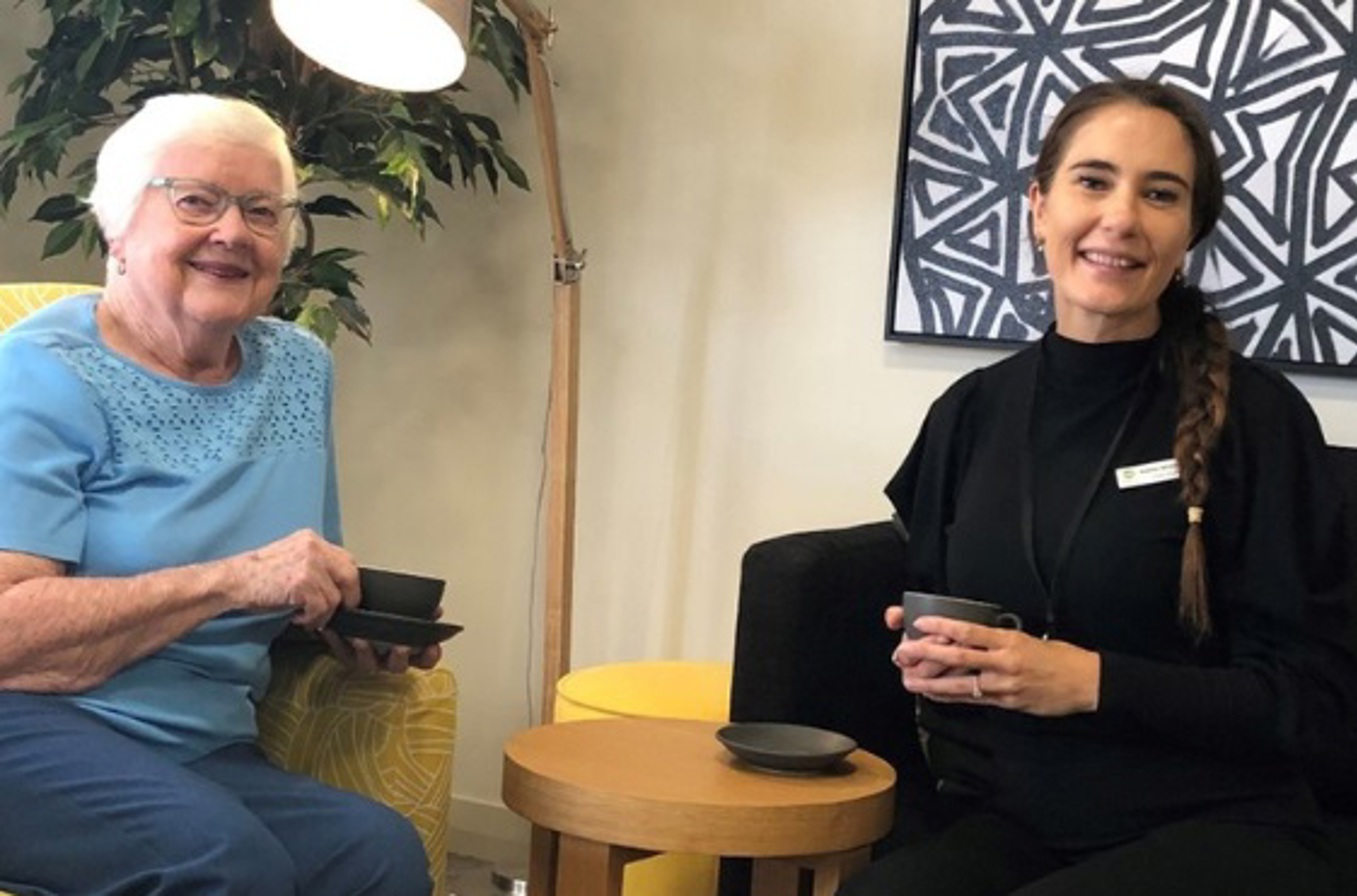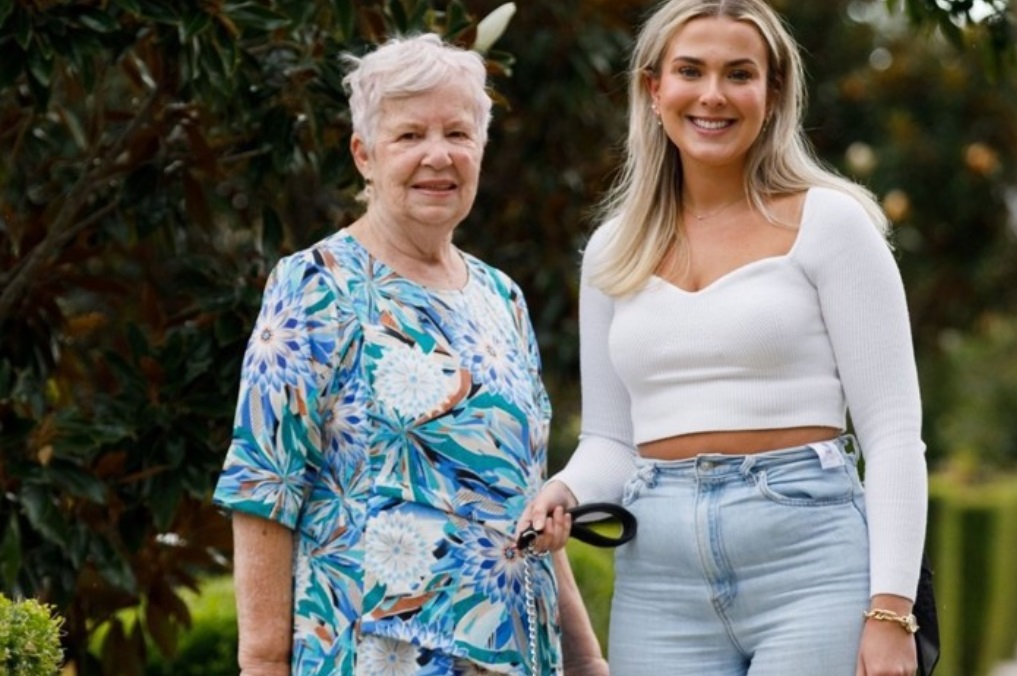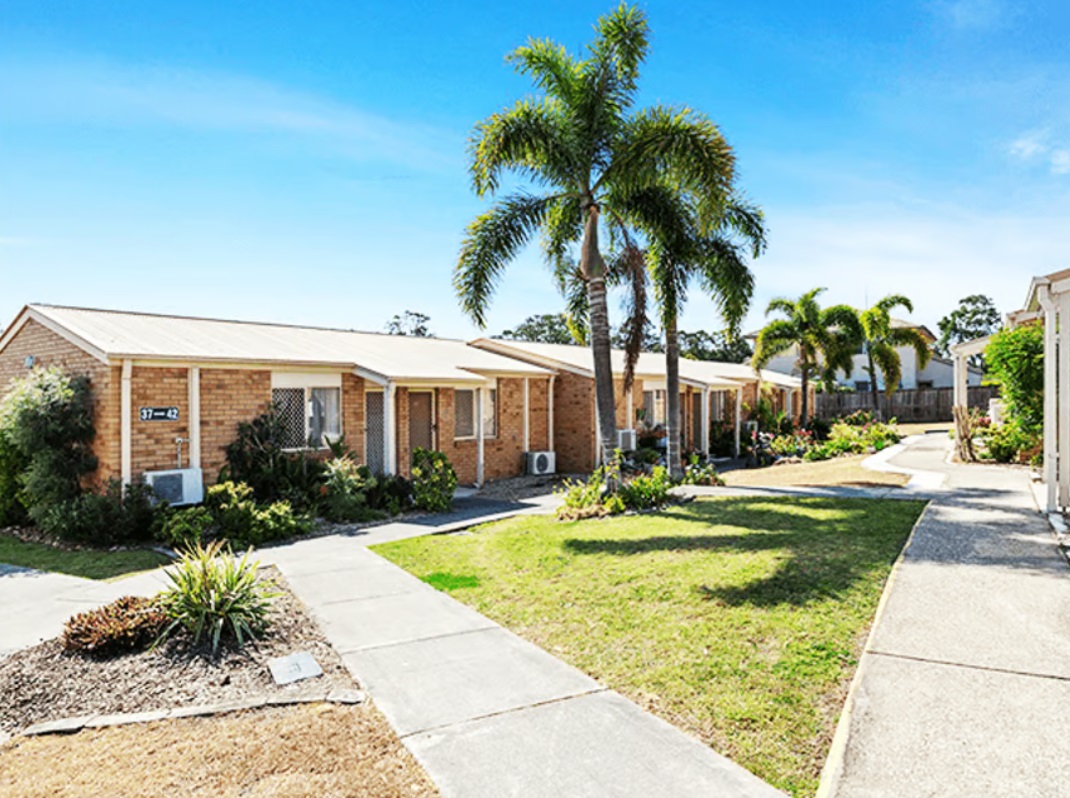There’s No Place Like Home

There’s no place like home
There’s no place like home, Dorothy reminded us in The Wizard of Oz… but what and where do we call home? And is it changing?
Should we be reframing the way we think about our homes? In particular, should we be seriously reconsidering where we live – and in what kind of ‘home’ – as we move into our later decades?
It’s a complicated issue but it is this and similar questions that the Government’s principal review and advisory body on policy and regulation, The Productivity Commission, has been investigating in its most recent survey and review, Housing Decisions of Older Australians, published on 1 December 2015.
When baby boomers and other older people are in the media spotlight, it is commonly to declare that they’re refusing to ‘downsize’ their homes. As the story goes, they hog the best family-sized real estate in the inner ring suburbs of our bigger cities, keeping it out of reach of young families who need the space in reasonable proximity to work.
And the media is more or less right about the fact of this. What they don’t discuss enough, however, is the bigger context. Why is it so? Could it change? How can this housing situation be improved? What would it take?
The bigger picture
It’s precisely this bigger context that is the subject of the Productivity Commission report released on 1 December 2015.
Boiling it down to a few salient points, the Productivity Commission found that, one: a majority of older people want to stay living in their own homes and have whatever assistance they may need, delivered to them at home. (Who knew?)
Two: Increasing numbers of older people would consider selling the family home and moving somewhere that is more suited to their later life needs, if only there were more housing choices available to them. (Yup.)
Three: a key barrier to creating more of those suitable, affordable housing options is the red tape and inconsistencies within state and territory government land planning regimes. (Frustratingly true and they know it!)
Four: Another key barrier is current taxation and financial policies that frankly don’t make it terribly financially sensible or attractive for older people to move. (Der!)
There are other important considerations in this report too (critically, that 15 per cent of older people are not home owners and are at much increased risk of poverty and homelessness); as well as useful observations (people live in denial about their possible future needs and are reluctant to ‘plan sensibly’ for their final years) made in this report; again, none of them new, and including the old (politically risky) chestnut of improving
So the lay of the land, according to the Productivity Commission, is this:
Many older Australians, especially the less wealthy, continue to save well into old age, increasing net wealth as they face increased health and aged care costs.
Productivity Commissioner, Karen Chester said that, when faced with lower incomes, “older Australians are more likely to cut expenditure than draw down on their wealth, a surprising tale of precautionary saving, she explained.
Changing expectations
What the latest Productivity Commission initiated survey and analysis of older Australians housing preferences shows is that older Australians have a strong preference to ‘age in place’ and to access ‘in-home aged care services’ if they need them. In a nice confluence of interests, this works very well for the government too.
“Since home care is considerably cheaper than residential aged care, it is not only what most people want but also potentially more fiscally sustainable for Government,’ said Commissioner Karen Chester.
‘We are seeing that residential aged care is increasingly becoming an end-of-life option, with the average age of admission increasing,’ she said.
She emphasised that, while reforms in aged care have supported these trends, further reform is still needed to deliver better consumer choice by encouraging competition and innovation by residential aged care providers,”
Research also shows that an increasing proportion of older Australians are looking to move into homes that are more suitable to their needs. These may be either in the private market or in age specific accommodation such as retirement villages.
In fact, fifteen per cent of older Australians evidently expect to downsize to a more suitable dwelling or age-specific housing. State and local planning systems remain the most significant barrier to the supply of innovative and affordable housing options.
While most older Australians are home owners, older renters are a significant and vulnerable minority. They are more likely to be experiencing housing stress and have insecure tenure. The support available through social housing and Commonwealth Rent Assistance is inadequate.
Commissioner Chester said that this highlights “the imperative of further and comprehensive focus on retirement income policy and housing affordability for low income households, reviews which would have benefits for older Australians, as well as the broader community.”
Read Keryn Curtis’ opinion piece here about why she wants to downsize her home.














